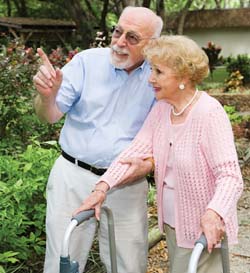
Osteoporosis can strike at any age, although the risk for developing the disease increases as you get older. In the future, more people will be at risk for having osteoporosis because people are living longer and the number of elderly is increasing.
Symptoms
Osteoporosis is called the"silent disease" because bone is lost with no signs. You may not know that you have osteoporosis until a strain, bump, or fall causes a bone to break.
Diagnosis
A bone mineral density test is the best way to check your bone health. The most common method is called a DXA scan, but there are other methods, as well. This test can:
- Diagnose osteoporosis
- Check your risk of fracture
- See if treatments are making the bones stronger
Treatment
Treatment includes:
- A balanced diet rich in calcium and vitamin D
- An exercise plan
- A healthy lifestyle
- Medications, if needed
Prevention
Nutrition
A diet rich in calcium and vitamin D helps make your bones strong. Many people get less than half the calcium they need. Good sources of calcium are:
- Low-fat milk, yogurt, and cheese
- Foods with added calcium such as orange juice, cereals, and breads
Vitamin D is needed for strong bones. Your body makes vitamin D in the skin when you are out in the sun. Some people get all the vitamin D they need from sunlight. Others need to take vitamin D pills.
Exercise & a Healthy Lifestyle
Exercise helps your bones grow stronger. For detailed information, see page 15.
Smoking is bad for bones as well as the heart and lungs. Also, people who drink a lot of alcohol are more prone to bone loss and broken bones due to poor diet and risk of falling.
